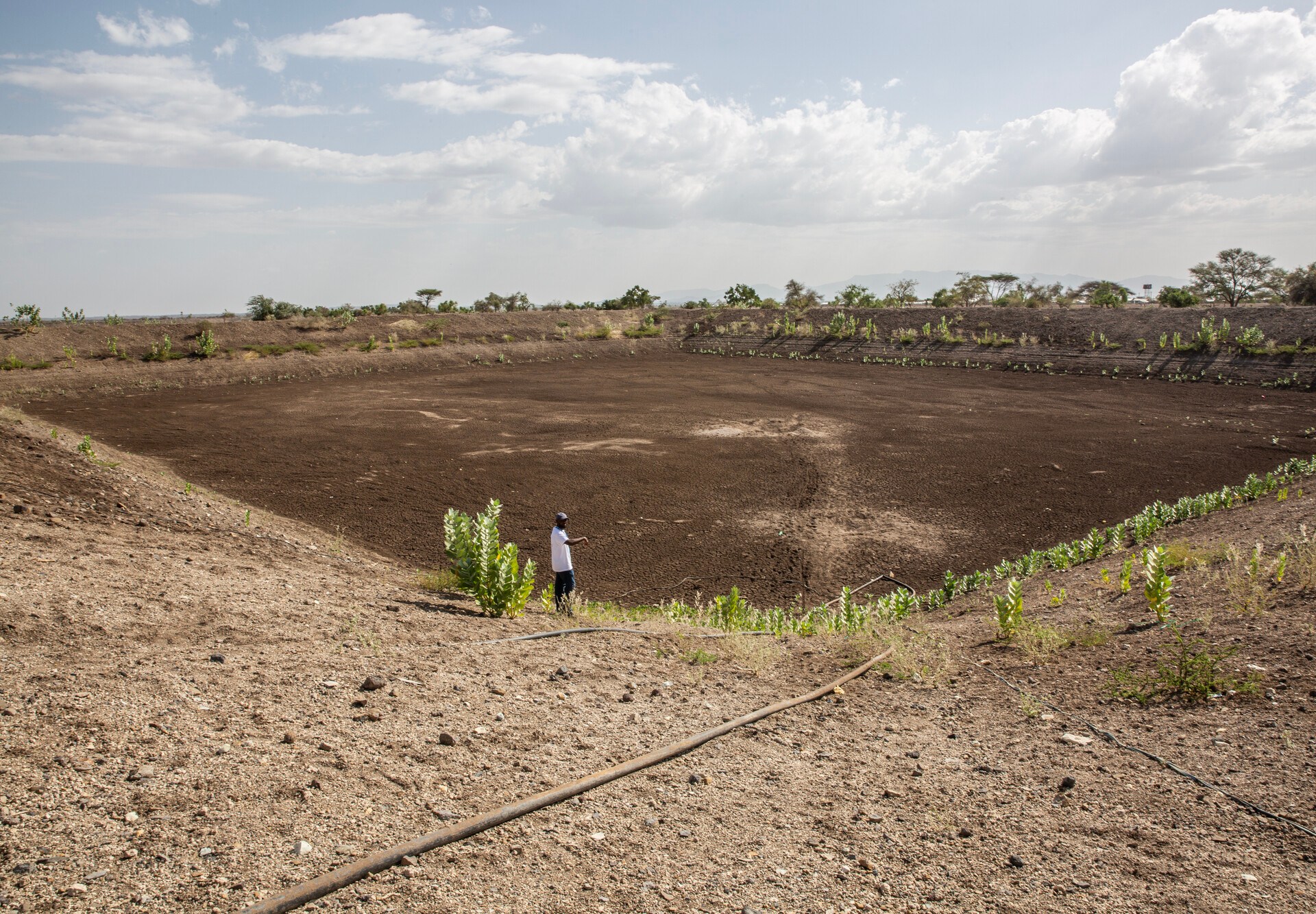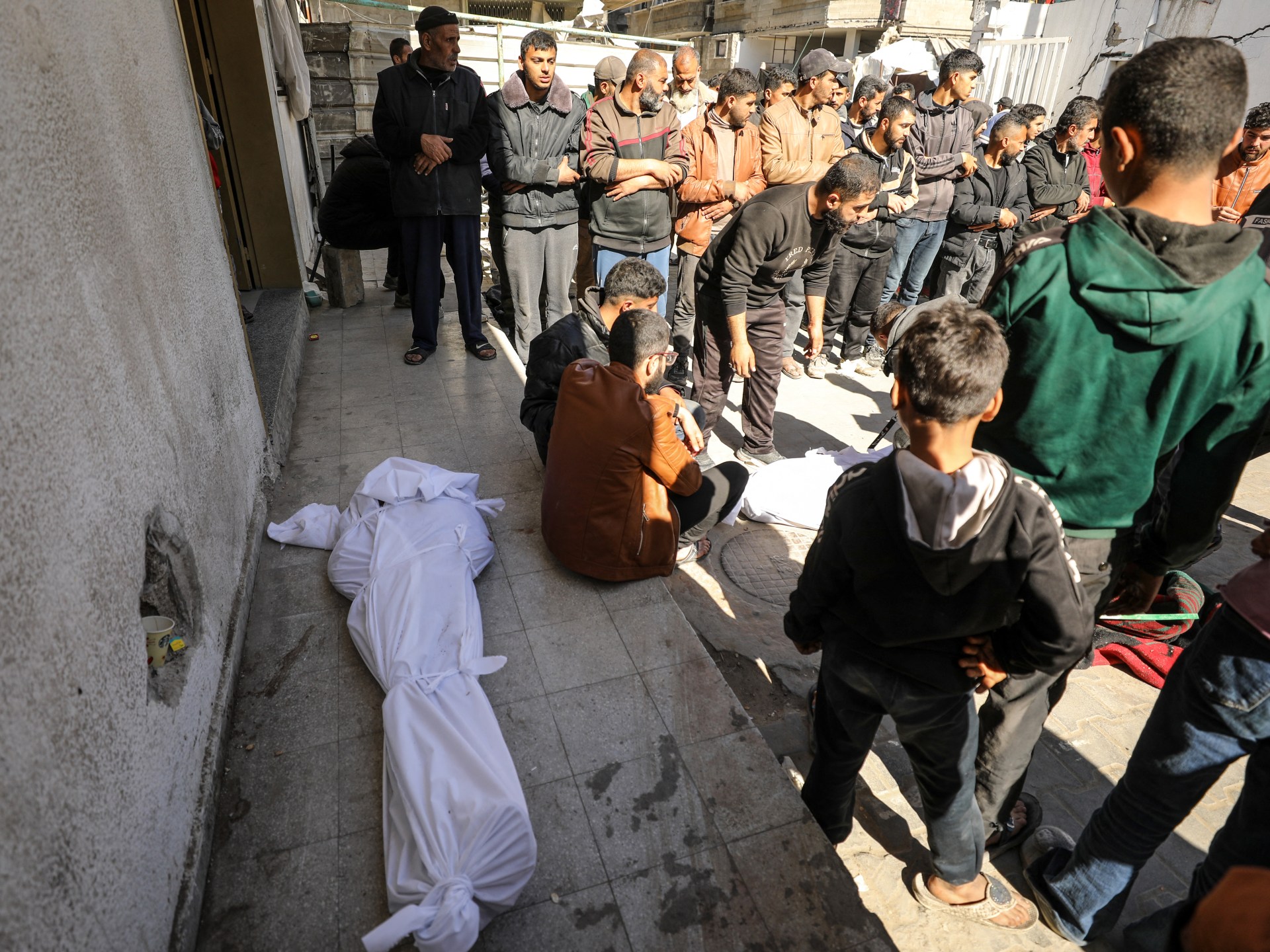Adapting in the face of climate change in rural Kenya | Climate Crisis
“Will there be rain? I can’t tell. People used to come to me for advice, but now I tell them that I am also wondering what is happening,” says Clement Mangi, a traditional weather forecaster and farmer from Kenya.
He uses traditional forecasting methods passed down for generations. But in recent years, most of the things that used to be definite signs of imminent rainfall are no longer reliable.
Eighty percent of food produced across many communities in Africa comes from small-scale farmers like Mangi. This sector is highly vulnerable to extreme weather. While the continent is responsible for only a fraction of global greenhouse emissions, it is heavily affected by climate change.
After five failed rainfall seasons, communities in the Horn of Africa were hit by what became known as the worst drought in 40 years, between late 2020 and early 2023. Seven million children under the age of five became malnourished and urgently needed nutrition assistance across Ethiopia, Kenya and Somalia.
While climate change is listed as a leading cause of the rise in global hunger, there are big gaps in weather observations and early warning services. Information that would help local farmers better prepare themselves for extreme weather and adapt their farming to secure a good harvest, is missing.
In Kenya, some people are working hard to change that.
Check out our Latest News and Follow us at Facebook
Original Source







